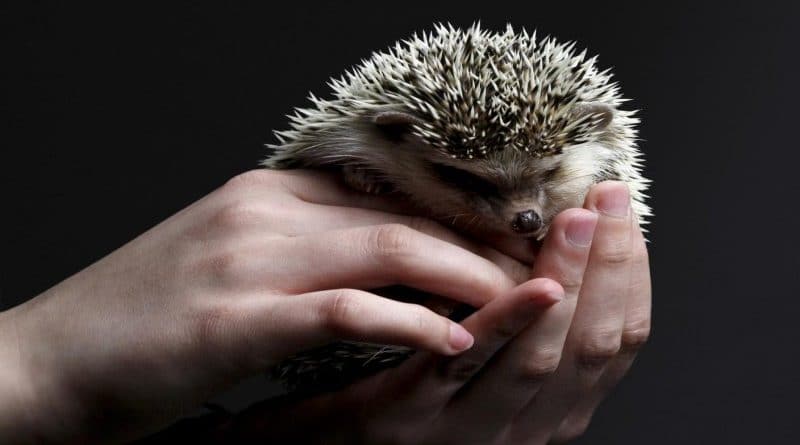There are many animal and insect species that sting or bite. In most cases, first aid for stings and bites includes bandaging and staying with the patient until help arrives.
Reassuring the person and keeping them immobile helps in preventing the poison from spreading to other body parts. Do not cut the wound or tourniquet the affected area. Seek emergency medical help immediately and inform them of the situation. In the case where the patient collapses or stops breathing, apply CPR until medical personnel arrives. Use skills acquired from first aid certification online to give basic assistance. If it is safe and possible you can capture the animal or the insect and store it for identification. However, it is not necessary and you should not spend time looking for the animal or insect.
Pressure Immobilization
This method is useful for some stings and bites but not ideal for all. The method is aimed at slowing down the venom movement in the lymphatic system. Bandaging the affecting area firmly prevents the venom from leaving the infected site to other parts. If a bandage is not available use any available material like a stocking or any available cloth. Firmly bandage the infected area but not too tight for numbness. Generally, keep the patient immobile and calm as you seek medical help.
Do not Cut or Tourniquet the Wound
Previously, a tight tourniquet to cut off blood flow was recommended to prevent the flow of venom to other body parts. However, the practice is no longer recommended. Do not suck the venom from the wound or cut the wound. Also, do not give the patient alcohol.
First Aid for Stings and Bites
First aid practices for bites and stings vary depending on the creature that caused the sting or the bite.
Bee Stings
Slide your fingernail across the sting to remove it. Wash the stung area and apply ice which helps reduce the swelling. If effects persist perhaps due to an allergy to bee stings, the treatment is given through adrenaline injection. Immobilize the patient as you apply pressure to the affected part and call for emergency help.
Snakebites
Seek medical help immediately. Not all snakes have venom but one should follow the basic techniques of first aid while handling the patient. Since traces of venom may be required by medical personnel in identifying the snake, you are advised not to wash the skin surrounding the affected area.
Use a bandage to immobilize pressure on the wound. If the wound is around the torso, ensure the bandage does not affect breathing.
Tick Bites
Grab the tick behind the head using tweezers. Make sure you grasp as close as possible to the skin. Wash the site with an antiseptic mixed with warm soapy water. For identification purposes, you may keep the removed tick safe. The use of alcohol, methylated spirit to kill the tick before removing it may cause the injection of more poison into the victim’s body. Antivenom and tetanus injection is needed to treat the wound.
Mostly you are advised to firmly bandage the affected site and keep the person immobile. When giving care, do not cut or use tourniquets or suck the poison out of the wound. For more techniques, enroll to take first aid certification online to be better equipped with the right knowledge to handle an emergency!













